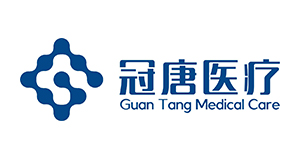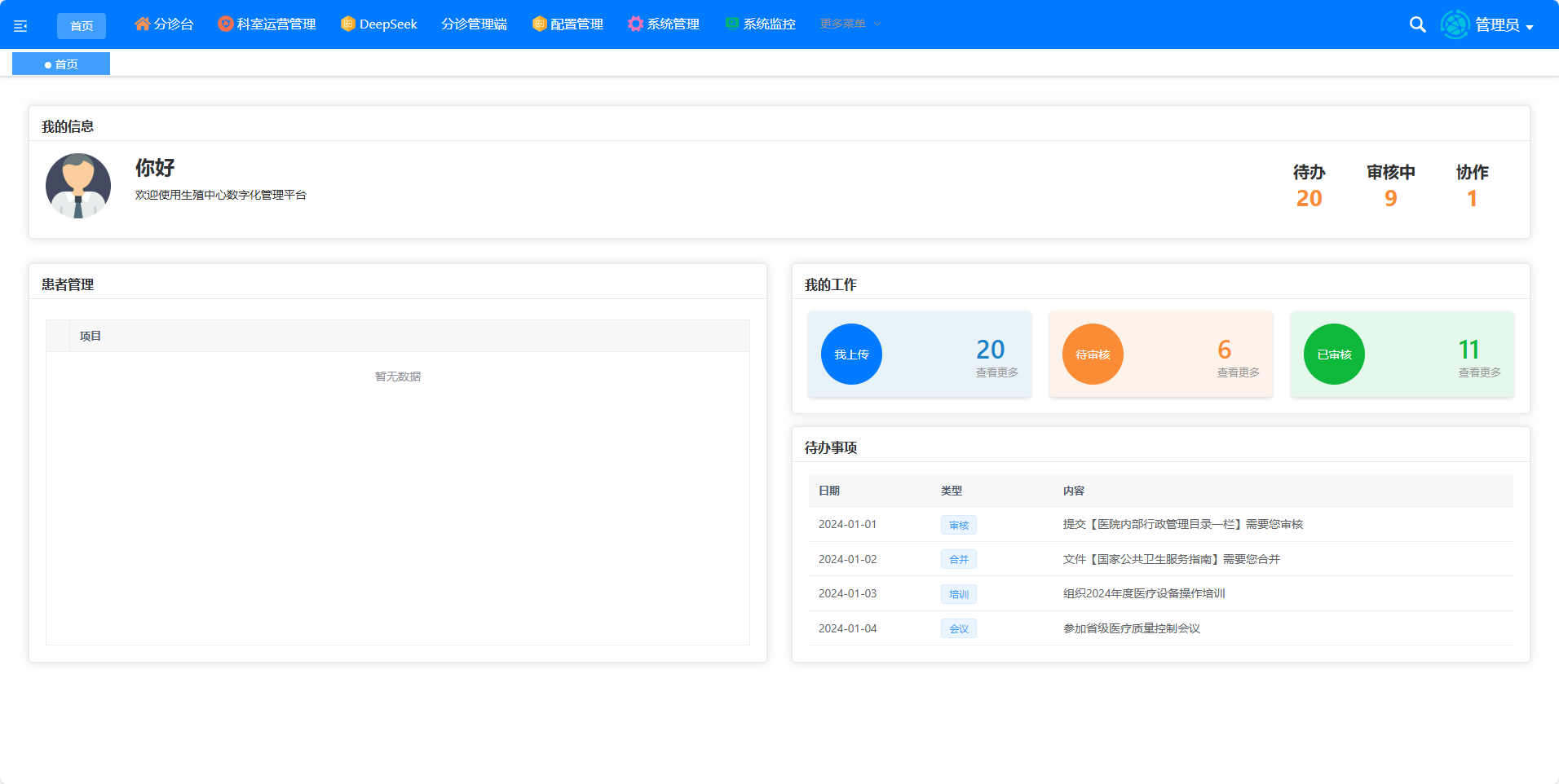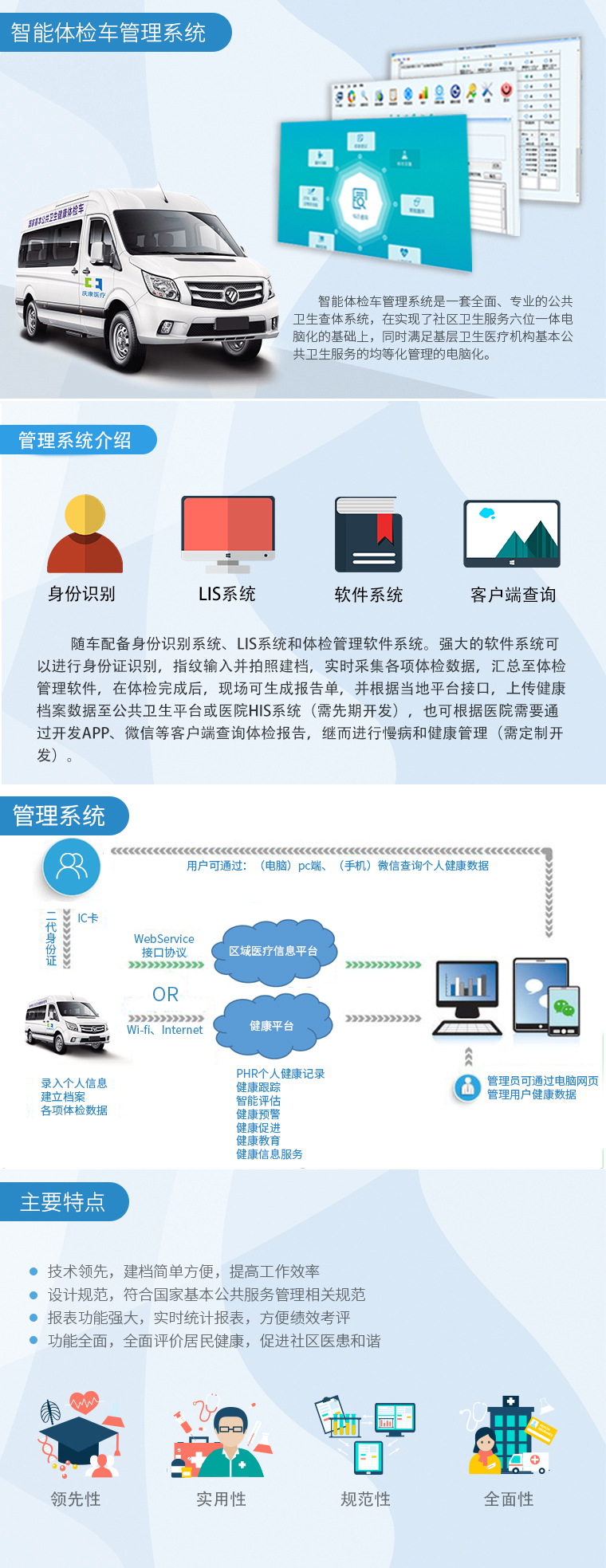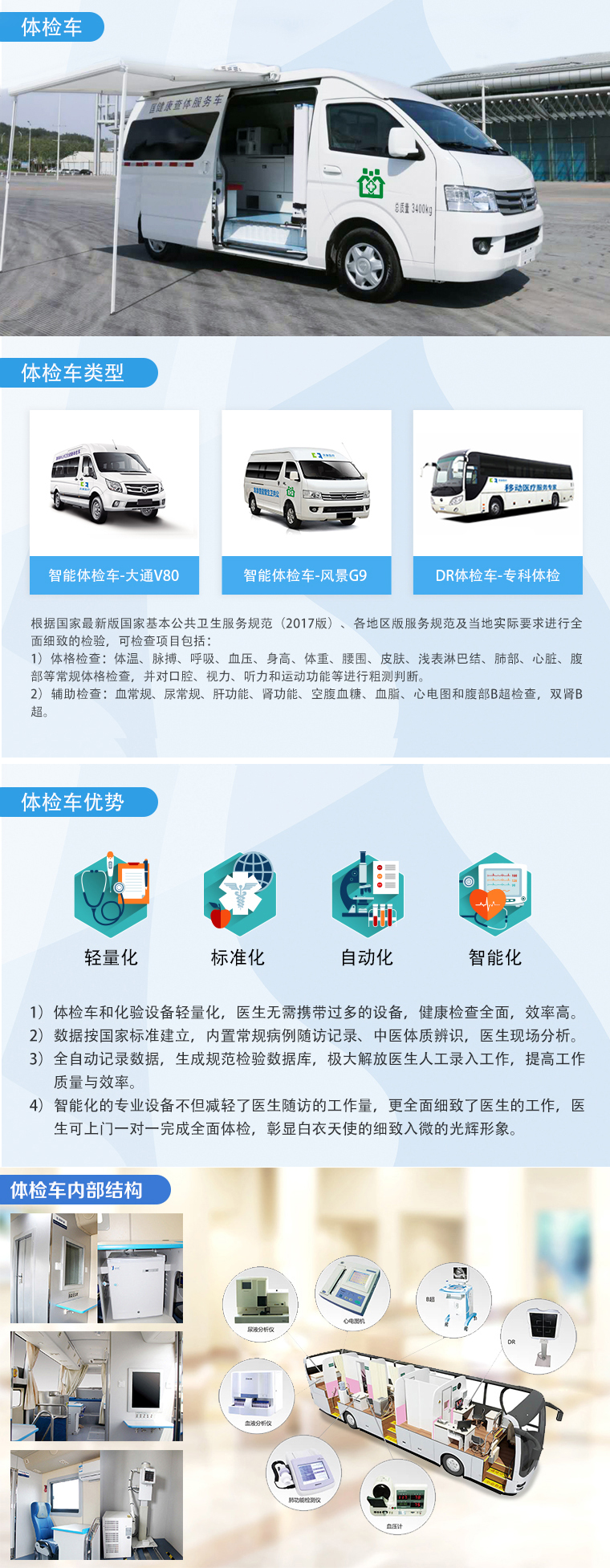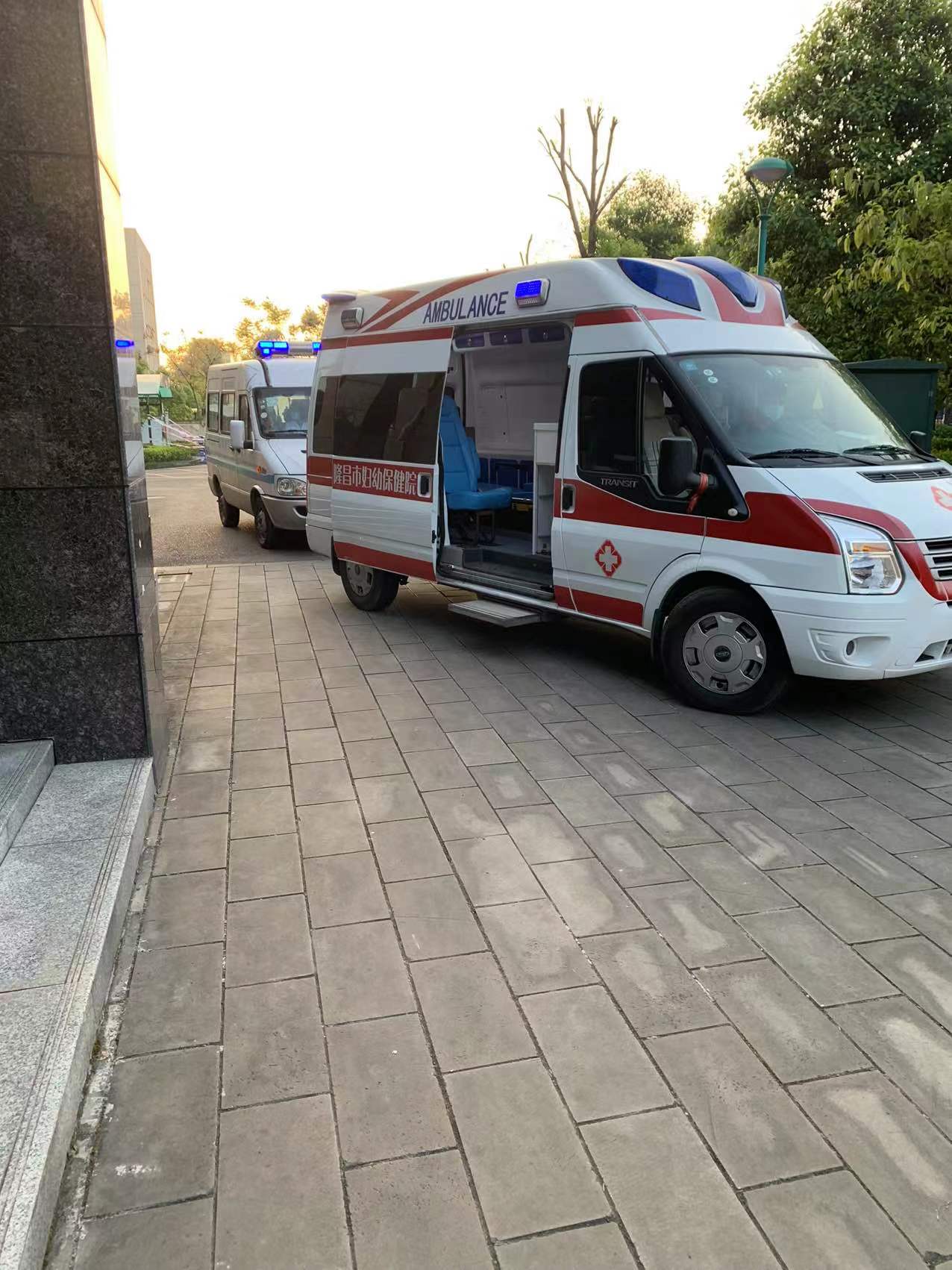实施案例
产品推荐
新闻推荐
医院体检管理系统日常检查机制构建指南
- 2025-06-09
- http://www.guantangyiliao.com/ 原创
- 130
医院体检管理系统的日常检查是保障体检质量、优化服务流程的核心环节。通过信息化手段实现标准化操作与动态监控,可显著提升体检中心运营效率。以下从系统功能设计、操作规范、质控要点三个维度,解析日常检查机制的实施路径。
The daily inspection of the hospital physical examination management system is the core link to ensure the quality of physical examinations and optimize service processes. By utilizing information technology to achieve standardized operations and dynamic monitoring, the operational efficiency of physical examination centers can be significantly improved. The implementation path of daily inspection mechanism is analyzed from three dimensions: system function design, operation specifications, and quality control points.
一、系统功能设计:构建智能化检查框架
1、 System Function Design: Building an Intelligent Inspection Framework
体检套餐配置模块
Medical examination package configuration module
支持按年龄、性别、职业等维度预设标准化套餐,如“中老年心脑血管筛查”“职场健康管理”等,每个套餐包含必检项与选检项清单。
Support preset standardized packages based on age, gender, occupation, and other dimensions, such as "middle-aged and elderly cardiovascular screening" and "workplace health management". Each package includes a list of mandatory and optional tests.
允许医生根据个体差异动态调整检查项,系统自动计算费用并生成电子指引单,减少人工核验错误。
Allowing doctors to dynamically adjust examination items based on individual differences, the system automatically calculates costs and generates electronic guidance forms, reducing manual verification errors.
设备状态监控模块
Equipment status monitoring module
集成医疗设备物联网接口,实时采集超声、DR、生化仪等关键设备的运行参数,如探头温度、试剂余量、自检结果等。
Integrated medical equipment IoT interface, real-time acquisition of ultrasound DR、 The operating parameters of key equipment such as biochemical analyzer, such as probe temperature, reagent remaining amount, self-test results, etc.
设置阈值预警机制,当设备出现故障代码或性能漂移时,自动推送通知至维护人员终端,并锁定预约通道避免误检。
Set a threshold warning mechanism to automatically push notifications to maintenance personnel terminals when equipment encounters fault codes or performance drift, and lock the reservation channel to avoid false alarms.
流程质控节点
Process quality control node
在登记、采血、超声、总检等环节设置电子签到点,通过人脸识别或二维码核验确保受检者身份真实性。
Electronic sign in points are set up during registration, blood collection, ultrasound, and general examination to ensure the authenticity of the examinee's identity through facial recognition or QR code verification.
对空腹采血、妇科检查等特殊项目,系统自动校验时间间隔与禁食状态,违规操作触发弹窗警告。
For special items such as fasting blood collection and gynecological examinations, the system automatically verifies the time interval and fasting status, and triggers a pop-up warning for violations.
二、日常操作规范:标准化检查流程
2、 Daily operation standards: standardized inspection process
体检前准备
Preparation before physical examination
设备校准:每日开机后运行质控程序,如生化仪使用标准品进行三点定标,误差范围需符合CLIA’88标准。
Equipment calibration: Run the quality control program after daily startup. If the biochemical analyzer uses standard samples for three-point calibration, the error range must comply with CLIA'88 standard.
耗材核查:通过RFID技术扫描试剂、采血管等耗材批号,自动比对有效期与库存量,缺货时启动自动补货流程。
Consumables verification: By using RFID technology to scan the batch numbers of reagents, blood collection tubes, and other consumables, the expiration date and inventory levels are automatically compared. When there is a shortage, the automatic replenishment process is initiated.
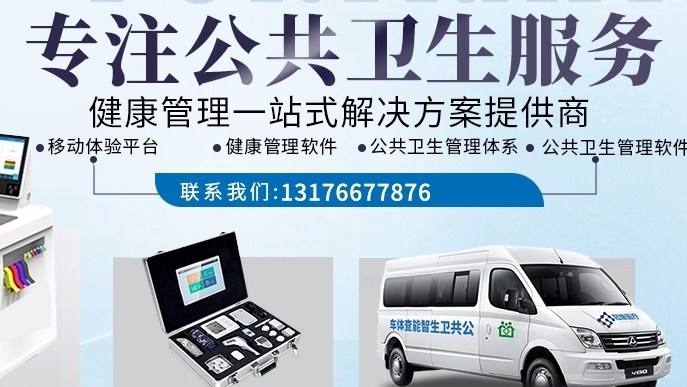
体检中执行
Execute during physical examination
动态分流:系统根据实时人流数据,通过LED屏与语音提示引导受检者至空闲诊室,减少排队时间。
Dynamic triage: The system guides examinees to available consultation rooms through LED screens and voice prompts based on real-time flow data, reducing queuing time.
异常捕获:对心电图、血压等即时检测项目,系统自动分析波形数据,识别ST段抬高、血压≥180/110mmHg等危急值,立即推送至总检医师工作站。
Abnormal capture: For real-time detection items such as electrocardiogram and blood pressure, the system automatically analyzes waveform data, identifies critical values such as ST segment elevation and blood pressure ≥ 180/110mmHg, and immediately pushes them to the chief examiner workstation.
体检后处理
Post examination treatment
数据复核:医师在系统内完成结果录入后,需通过“双签”机制由上级医师审核,关键指标异常时强制要求人工复核。
Data review: After the physician completes the result input in the system, it needs to be reviewed by the superior physician through the "double signature" mechanism. When key indicators are abnormal, manual review is mandatory.
报告生成:采用NLP技术解析检查结果,自动生成“重点指标追踪”“生活方式建议”等模块,经医师确认后加盖电子签名。
Report generation: NLP technology is used to analyze the examination results, automatically generating modules such as "Key Indicator Tracking" and "Lifestyle Suggestions", which are confirmed by physicians and stamped with electronic signatures.
三、质量控制要点:闭环式管理体系
3、 Key points of quality control: closed-loop management system
室内质控管理
Indoor quality control management
每日开展质控品检测,如生化项目使用Levey-Jennings控制图监测CV值,连续3个点超限触发调查流程。
Conduct daily quality control testing, such as using Levey Jennings control charts to monitor CV values for biochemical projects, and triggering the investigation process for three consecutive points exceeding the limit.
每月统计各项目质控通过率,对通过率<95%的检查项暂停开放,直至完成根因分析并整改。
Monthly statistics on the quality control pass rate of each project, suspending the opening of inspection items with pass rates less than 95% until root cause analysis is completed and corrective actions are taken.
室间质评参与
Participation in inter room quality evaluation
定期参加国家临检中心或第三方机构组织的EQA计划,如血常规、尿常规等常规项目,确保检测结果可比性。
Regularly participate in EQA programs organized by national clinical testing centers or third-party organizations, such as routine tests such as blood and urine routine, to ensure comparability of test results.
对室间质评不合格项目,系统自动锁定相关设备与试剂,直至完成偏差调查与纠正措施验证。
For the unqualified items in the inter room quality evaluation, the system automatically locks the relevant equipment and reagents until the deviation investigation and corrective action verification are completed.
满意度监测
Satisfaction monitoring
通过体检结束后的即时评价弹窗,收集受检者对环境、服务、时效的反馈,满意度<4分(5分制)的项目启动专项改进。
Through the instant evaluation pop-up window after the physical examination, collect feedback from the examinee on the environment, service, and timeliness, and initiate special improvements for projects with satisfaction<4 points (on a 5-point scale).
每季度生成质控报告,包含设备故障率、报告延迟率、危急值处理时效等关键指标,作为管理评审输入。
Generate quality control reports every quarter, including key indicators such as equipment failure rate, report delay rate, and critical value processing time, as input for management review.
四、特殊场景应对机制
4、 Special scenario response mechanism
危急值管理
Critical value management
定义涵盖血糖≤2.2mmol/L、血钾≥6.5mmol/L等20项危急值,系统自动识别并触发短信+电话双通道通知。
The definition covers 20 critical values such as blood glucose ≤ 2.2mmol/L and blood potassium ≥ 6.5mmol/L, and the system automatically recognizes and triggers dual channel notifications via SMS and phone.
建立绿色转诊通道,与急诊科系统对接,危急值患者30分钟内完成专科会诊。
Establish a green referral channel, connect with the emergency department system, and complete specialized consultations for critically ill patients within 30 minutes.
设备故障应急
Emergency response to equipment malfunction
配置备用设备池,主设备故障时系统自动切换至备用机,并重新规划后续受检者流程。
Configure a backup device pool, where the system automatically switches to the backup machine in the event of a main device failure, and re plans the subsequent process for the examinee.
对无法现场修复的设备,启动外部支援流程,系统记录维修过程与更换部件,确保设备履历完整性。
For equipment that cannot be repaired on site, initiate external support processes, record the repair process and replacement parts in the system, and ensure the integrity of the equipment history.
医院体检管理系统的日常检查需以“预防为主、闭环管理”为原则,通过信息化工具将质控节点嵌入业务流程。定期分析系统积累的运营数据,如设备利用率、项目组合偏好等,可反向优化资源配置。随着AI技术在医学影像中的应用,未来体检系统将实现更精准的异常筛查与风险预警,推动体检服务向“健康管理”模式升级。
The daily inspection of the hospital physical examination management system should follow the principle of "prevention first, closed-loop management", and embed quality control nodes into business processes through information tools. Regularly analyzing operational data accumulated by the system, such as equipment utilization and project portfolio preferences, can optimize resource allocation in reverse. With the application of AI technology in medical imaging, future physical examination systems will achieve more accurate anomaly screening and risk warning, promoting the upgrade of physical examination services to a "health management" mode.
本文由医院体检管理系统友情奉献.更多有关的知识请点击:http://www.guantangyiliao.com我们将会对您提出的疑问进行详细的解答,欢迎您登录网站留言.
This article is a friendly contribution from the occupational disease examination system For more information, please click: http://www.guantangyiliao.com We will provide detailed answers to your questions. You are welcome to log in to our website and leave a message.
